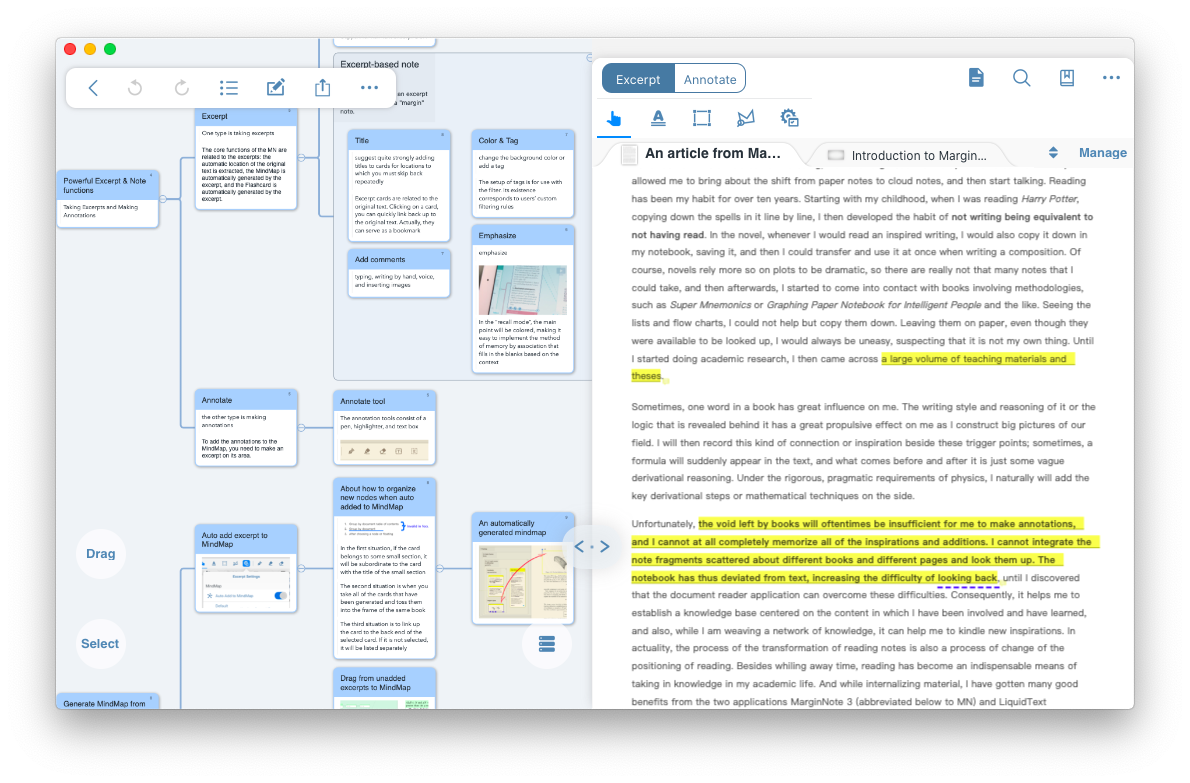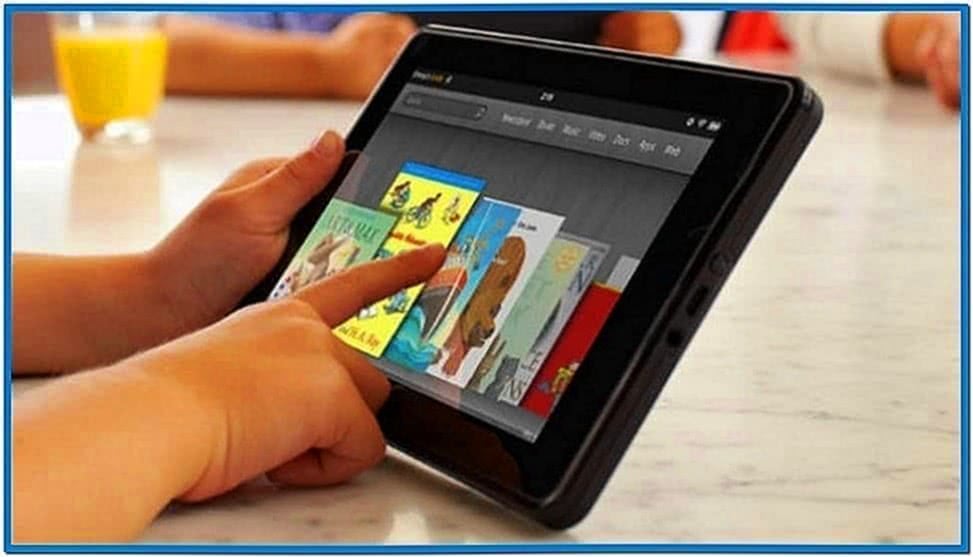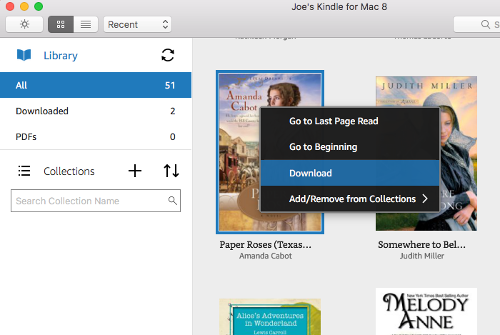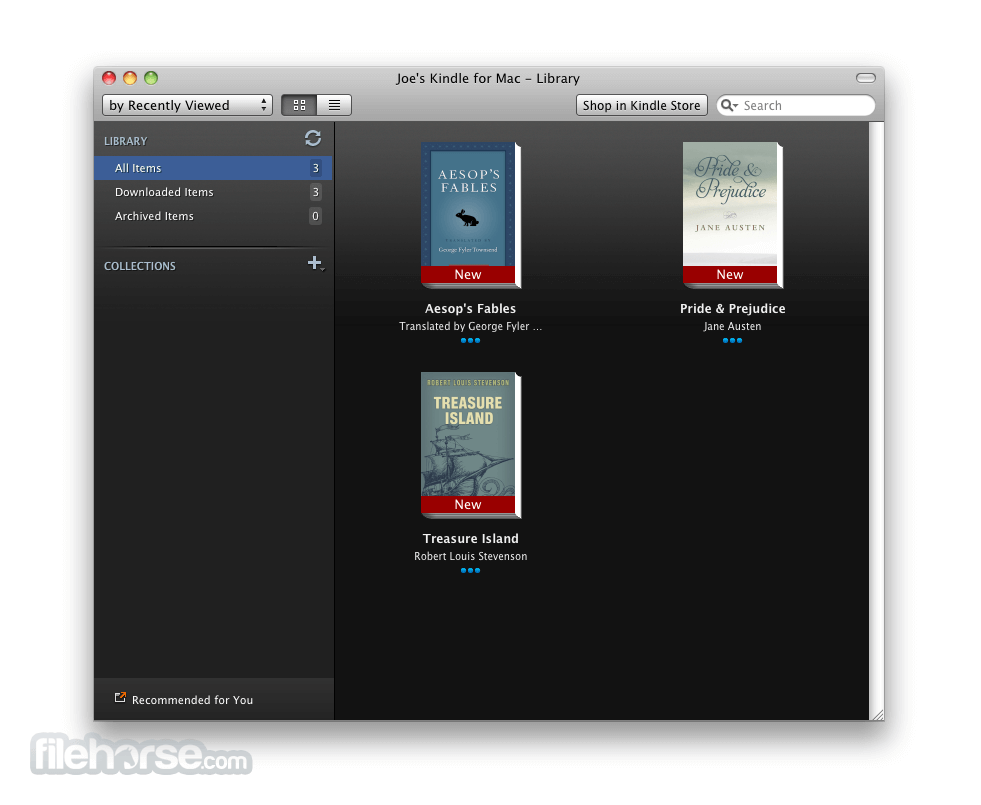Kindle for PC is a free application that lets you read Kindle books on your PC. Read Kindle Books on Your Computer. Get the best reading experience available on your PC. No Kindle required. Access your Kindle books even if you don't have your Kindle with you. Automatically synchronizes your last page read and annotations between devices with. Any version of Kindle for PC distributed on Uptodown is completely virus-free and free to download at no cost. 1.29.58059 Jul 7th, 2020 1.28.57030 Feb 12th, 2020. Kindle for PC 1.26.55076 Released: 17th Apr 2021 (a few seconds ago) Kindle for PC 1.25.0 Build 52064 Released: 17th Apr 2021 (a few seconds ago) Kindle for PC 1.24.3.51068 Released: 17th Apr 2021 (a.
Please read this whole message before doing anything.

This procedure is a test, not a solution. Don’t be disappointed when you find that nothing has changed after you complete it.
Step 1
The purpose of this step is to determine whether the problem is localized to your user account.
Enable guest logins* and log in as Guest. Don't use the Safari-only “Guest User” login created by “Find My Mac.”
While logged in as Guest, you won’t have access to any of your personal files or settings. Applications will behave as if you were running them for the first time. Don’t be alarmed by this; it’s normal. If you need any passwords or other personal data in order to complete the test, memorize, print, or write them down before you begin.
Test while logged in as Guest. Same problem?
After testing, log out of the guest account and, in your own account, disable it if you wish. Any files you created in the guest account will be deleted automatically when you log out of it.
*Note: If you’ve activated “Find My Mac” or FileVault, then you can’t enable the Guest account. The “Guest User” login created by “Find My Mac” is not the same. Create a new account in which to test, and delete it, including its home folder, after testing.

Kindle For Mac 1.26.1

Step 2
The purpose of this step is to determine whether the problem is caused by third-party system modifications that load automatically at startup or login, by a peripheral device, by a font conflict, or by corruption of the file system or of certain system caches.
Disconnect all wired peripherals except those needed for the test, and remove all aftermarket expansion cards, if applicable. Start up in safe mode and log in to the account with the problem. You must hold down the shift key twice: once when you turn on the computer, and again when you log in.
Note: If FileVault is enabled, or if a firmware password is set, or if the startup volume is a Fusion Drive or a software RAID, you can’t do this. Ask for further instructions.
Safe mode is much slower to start up and run than normal, with limited graphics performance, and some things won’t work at all, including sound output and Wi-Fi on certain models. The next normal startup may also be somewhat slow.
The login screen appears even if you usually log in automatically. You must know your login password in order to log in. If you’ve forgotten the password, you will need to reset it before you begin.

Test while in safe mode. Same problem?
After testing, restart as usual (not in safe mode) and verify that you still have the problem. Post the results of Steps 1 and 2.
Kindle For Mac 1.26.1
Apr 16, 2014 3:24 PM
